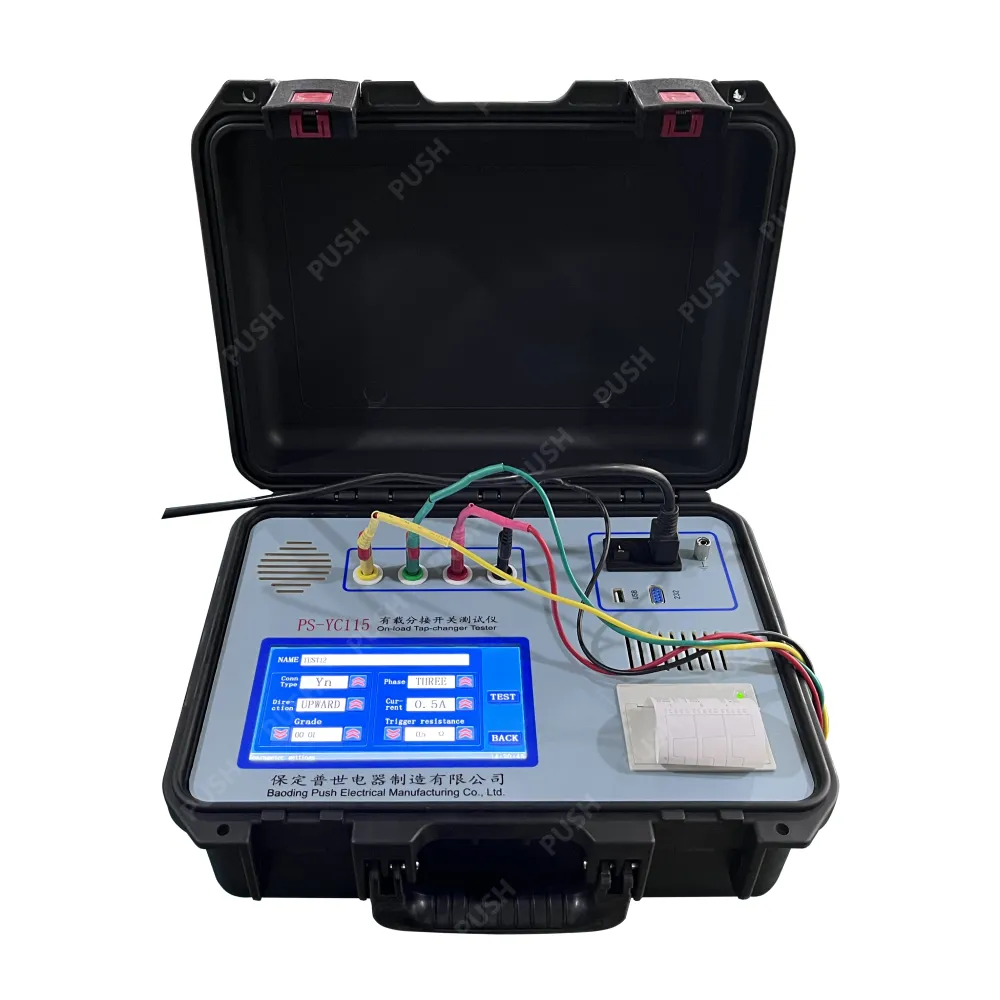 English
English



-
 Afrikaans
Afrikaans -
 Albanian
Albanian -
 Amharic
Amharic -
 Arabic
Arabic -
 Armenian
Armenian -
 Azerbaijani
Azerbaijani -
 Basque
Basque -
 Belarusian
Belarusian -
 Bengali
Bengali -
 Bosnian
Bosnian -
 Bulgarian
Bulgarian -
 Catalan
Catalan -
 Cebuano
Cebuano -
 China
China -
 China (Taiwan)
China (Taiwan) -
 Corsican
Corsican -
 Croatian
Croatian -
 Czech
Czech -
 Danish
Danish -
 Dutch
Dutch -
 English
English -
 Esperanto
Esperanto -
 Estonian
Estonian -
 Finnish
Finnish -
 French
French -
 Frisian
Frisian -
 Galician
Galician -
 Georgian
Georgian -
 German
German -
 Greek
Greek -
 Gujarati
Gujarati -
 Haitian Creole
Haitian Creole -
 hausa
hausa -
 hawaiian
hawaiian -
 Hebrew
Hebrew -
 Hindi
Hindi -
 Miao
Miao -
 Hungarian
Hungarian -
 Icelandic
Icelandic -
 igbo
igbo -
 Indonesian
Indonesian -
 irish
irish -
 Italian
Italian -
 Japanese
Japanese -
 Javanese
Javanese -
 Kannada
Kannada -
 kazakh
kazakh -
 Khmer
Khmer -
 Rwandese
Rwandese -
 Korean
Korean -
 Kurdish
Kurdish -
 Kyrgyz
Kyrgyz -
 Lao
Lao -
 Latin
Latin -
 Latvian
Latvian -
 Lithuanian
Lithuanian -
 Luxembourgish
Luxembourgish -
 Macedonian
Macedonian -
 Malgashi
Malgashi -
 Malay
Malay -
 Malayalam
Malayalam -
 Maltese
Maltese -
 Maori
Maori -
 Marathi
Marathi -
 Mongolian
Mongolian -
 Myanmar
Myanmar -
 Nepali
Nepali -
 Norwegian
Norwegian -
 Norwegian
Norwegian -
 Occitan
Occitan -
 Pashto
Pashto -
 Persian
Persian -
 Polish
Polish -
 Portuguese
Portuguese -
 Punjabi
Punjabi -
 Romanian
Romanian -
 Russian
Russian -
 Samoan
Samoan -
 Scottish Gaelic
Scottish Gaelic -
 Serbian
Serbian -
 Sesotho
Sesotho -
 Shona
Shona -
 Sindhi
Sindhi -
 Sinhala
Sinhala -
 Slovak
Slovak -
 Slovenian
Slovenian -
 Somali
Somali -
 Spanish
Spanish -
 Sundanese
Sundanese -
 Swahili
Swahili -
 Swedish
Swedish -
 Tagalog
Tagalog -
 Tajik
Tajik -
 Tamil
Tamil -
 Tatar
Tatar -
 Telugu
Telugu -
 Thai
Thai -
 Turkish
Turkish -
 Turkmen
Turkmen -
 Ukrainian
Ukrainian -
 Urdu
Urdu -
 Uighur
Uighur -
 Uzbek
Uzbek -
 Vietnamese
Vietnamese -
 Welsh
Welsh -
 Bantu
Bantu -
 Yiddish
Yiddish -
 Yoruba
Yoruba -
 Zulu
Zulu
short circuit test of transformer
Short Circuit Test of Transformer
The short circuit test of a transformer is a critical quality assessment procedure that helps determine essential parameters, such as voltage regulation and efficiency. This test is crucial in ensuring that transformers function reliably under load conditions, which is vital for electrical power systems. Understanding the short circuit test, its methodology, and its implications can play a significant role in electrical engineering and maintenance practices.
Purpose of the Short Circuit Test
The main purpose of the short circuit test is to evaluate the transformer's performance under short circuit conditions. This test helps measure the equivalent series resistance and reactance, which are fundamental to calculating various transformer characteristics. By simulating a short circuit, engineers can understand how the transformer handles fault conditions and ensure it can withstand unexpected surges in power without failing.
Methodology of Short Circuit Test
The short circuit test is conducted under controlled conditions. The test begins by connecting the transformer's secondary winding to a short circuit, which allows current to flow with very low impedance. The primary winding is connected to a power supply, adjusted to a predetermined low voltage that will result in full-load current on the secondary side.
Once the connections are established, the input voltage is gradually increased until the rated full load current flows in the primary winding. It's crucial to monitor the current closely and ensure it does not exceed permissible limits to prevent damage to the transformer. During the test, various readings such as input voltage, primary current, and secondary voltage are taken to analyze the behavior and performance of the transformer.
Calculation of Parameters
After conducting the short circuit test, engineers analyze the collected data to compute important parameters
. The primary and secondary impedance can be determined from the voltage and current readings. The equivalent series impedance is a vital factor in assessing how the transformer will react under load conditions.short circuit test of transformer

The short circuit impedance (Zsc) can be defined using Ohm’s law. By calculating the short-circuit current (Isc) during the test, the following relationship can be established
\[ Z_{sc} = \frac{V_{sc}}{I_{sc}} \]
Where \( V_{sc} \) is the voltage applied during the short circuit test, and \( I_{sc} \) is the current flowing in the primary circuit. This impedance also plays a crucial role in determining the voltage drop across the transformer during operation.
Significance of Results
The results of the short circuit test provide valuable insights into the efficiency and reliability of the transformer. A transformer with low impedance will exhibit better voltage regulation and overall performance during operation, especially under load. Conversely, high impedance can indicate potential issues such as excessive losses, overheating, or degradation of insulation.
Moreover, understanding the transformer's characteristics through the short circuit test aids in system design and the selection of appropriate protection devices. Engineers can ascertain whether additional protective measures, such as fuses or circuit breakers, are required to handle fault conditions effectively.
Conclusion
In summary, the short circuit test of a transformer is an indispensable procedure in assessing the performance of electrical transformers. By simulating fault conditions, engineers can evaluate critical parameters that influence the efficiency, reliability, and safety of electrical power systems. Thoroughly understanding and implementing the short circuit test enables the identification and rectification of potential issues, ensuring that transformers operate optimally in real-world applications. As technology evolves and the demand for reliable electrical systems increases, such tests will continue to play a pivotal role in the engineering and maintenance of transformers.
-
Testing Equipment Industry Sees Major Advancements in 2025: Smart & Precision Technologies Lead the WayNewsJun.06,2025
-
Applications of Direct Current Generators in Renewable Energy SystemsNewsJun.05,2025
-
Hipot Tester Calibration and Accuracy GuidelinesNewsJun.05,2025
-
Digital Circuit Breaker Analyzer Features and BenefitsNewsJun.05,2025
-
Benefits of Real-Time Power Quality Monitoring Devices for Industrial EfficiencyNewsJun.05,2025
-
Earth Fault Loop Testing in High-Rise Building Electrical SystemsNewsJun.05,2025



